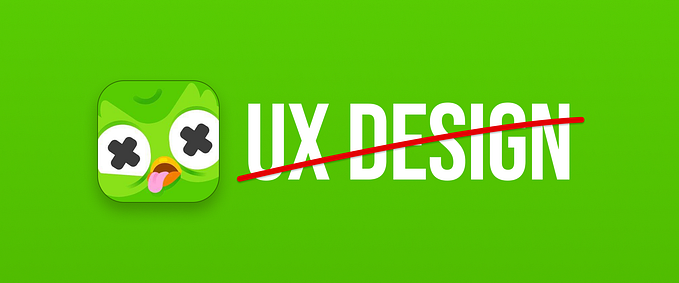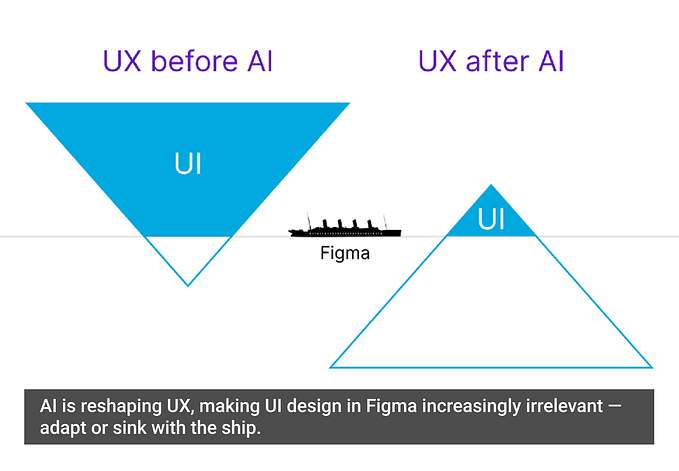What should design students do with our feedback?
A few thoughts on student agency.
 As a student in architecture school, I remember not understanding what to do with the feedback my design instructor gave me during our desk crits. Was I meant to do exactly what they told me? Should I adopt their ideas, or think of them as examples and then come up with my own? Would I get a bad grade if I ignored their ideas? This post aims to answer these questions for design educators in architecture and, in so doing, proposes a new way of thinking about student success. And while this is aimed at architecture as a methodology this post is applicable to other disciplines as well.
As a student in architecture school, I remember not understanding what to do with the feedback my design instructor gave me during our desk crits. Was I meant to do exactly what they told me? Should I adopt their ideas, or think of them as examples and then come up with my own? Would I get a bad grade if I ignored their ideas? This post aims to answer these questions for design educators in architecture and, in so doing, proposes a new way of thinking about student success. And while this is aimed at architecture as a methodology this post is applicable to other disciplines as well.
It wasn’t until I left traditional architecture to teach design to high school students at NuVu Studio in Cambridge, MA that I started to think about the types of feedback I gave and why I felt strongly that students should follow some parts of the feedback and make their own decisions about the rest. There are two types of feedback I discuss here (there is a third, technical feedback, e.g., craft, where a particular column should be placed etc, which I will not): one type is essential but a student can reject the other. I’ve come to call the two types: “Methodology Feedback” and “Project Feedback”.
Student agency looks very different for Methodology Feedback and Project Feedback; Methodology Feedback instructs students to follow suggested steps, while Project Feedback leaves room for the student to hear, consider, and then author their own version of progress for their design work.
Following Methodology Feedback is required
Methodology Feedback is about how students develop their project; it provides guidance on the student’s design process. I advocate requiring students to follow it for two reasons: design methodology is foreign to beginning students; we are asking them to do unfamiliar tasks — for instance, ideate — that they may not see the value of until going through a number of studio projects. Secondly, design methodology is the body of knowledge students are learning; in the same way that a student in the sciences learns the value of a control in an experiment, a design student learns about the value of moving to increasingly high fidelity work, iterating, ideating, etc. Examples of Methodology Feedback are asking a student or team to (i) come up with several more concepts; (ii) dive into site research on their topic; (iii) look at a particular precedent; (iv) explore prototypes addressing at least three of their ideas; or even (v) to try out a particular direction. As Matthew Frederick said in 101 Things I Learned From Architecture School: “improved design process, not a perfectly realized building, is the most valuable thing you gain from one design studio and take with you to the next”. Because more traditional modes of learning lean towards being prescriptive, Methodology Feedback may feel familiar to beginning students as long as expectations about Methodology Feedback are clear from the start of the term.
Following Project Feedback is discretionary
In contrast, Project Feedback is about what your students are designing — their concept, sketches, drawings, and models — and it is up to them to do with this feedback whatever they wish. For example, while Methodology Feedback would ask for more concepts (ideation is an important part of process) Project Feedback critiques those concepts: (i) you might offer new perspectives on the concept; (ii) contextualize it within a wider framework; (iii) suggest a clearer way of talking about the concept; (iv) or you might even float a completely different concept that you feel better fits with the student’s actual intentions. On occasion, students feel that their critic is making decisions about their project for them, and sometimes, for reasons I refer to below, critics actually are; however when students are expected to make their own decisions about their project’s direction and about which components of feedback to integrate into their prototypes and which to disregard, the increased degree to which they are engaged and feel ownership translates into a well-thought-out project, one in which the student’s ideas are central.
Just because Project Feedback is optional does not mean that it is not valuable. Through Project Feedback, students learn how to align their project and concept, what makes a good idea good, how to use design as a language to express an idea, and how to process and synthesize the feedback they receive. Through this type of feedback, a critic exposes their students to new content, new perspectives, and new ways of thinking; without it, students can become myopic, and their projects can progressively accumulate assumptions and biases. We sometimes ask students about the decisions they make and because they arrive at these decisions on their own — choosing the direction of their concept and the options that they feel best aligns with that concept — they develop their critical thinking skills.

Methodology and Project Feedback, together
Methodology Feedback and Project Feedback support each other throughout a design process. For example, in the beginning of a project a student is asked to generate several ideas. Beyond being a tool for rigorous exploration, a reason to have several options on the table is that a student can feel defensive when their sole proposal is critiqued; when you put someone up against a wall, they’re likely to push back. To quote Sun Tzu’s The Art of War when speaking about fear: “if there is no place of refuge, they will stand firm”; we want our students to be flexible and not attached to their ideas. For this example, Methodology Feedback (come up with several ideas) supplies the refuge so that Project Feedback (critique on the ideas) can occur.
There are grey zones where a piece of feedback might be both Project and Methodology Feedback. For instance, if a student has a concept that exhibits a lack of knowledge about a specific topic, you would critique the concept (Project Feedback) and also ask the student to consult an expert and do additional research (Methodology Feedback).
Change in practice
Identifying these two types of feedback has been a thought exercise and experiment for me. When I began teaching, it was not clear to my students or even to me what they should do with my feedback and, as a consequence, I tended to put pressure on them to follow most, if not all, of it. Our peers and supervisors often judge us by the quality of our students’ work at the end of the studio. This focus on the final iteration exacerbated the pressure I put on students to follow my feedback. However, once I started distinguishing between these two types of feedback and sharing my expectations at the start of the studio of how they should respond to each kind, my students developed increased ownership of their projects, they became more engaged, and their design processes improved; they also had better projects. And I felt relief.
One of the reasons why this model has been successful is that everyone is starting with the same scaffolding; it’s important to design systems that center equity. I am putting this post out in the world because I am curious to hear what educators and students think about the ideas I present here. Please be in touch.
Many thanks to my students at NuVu Studio for being unwitting subjects of this pedagogical experiment and to James Addison, Yusuf Ahmad, Grace Cassels, Nina Cragg, Emily Glass, Saba Ghole, Mary Hale, Alex Ho, Amanda Levesque, Bakhtiar Mikhak, Megan Panzano, Diana Navarrete-Rackauckas, Ben Pell, Andrew Todd-Marcus, Kawandeep Virdee, and Amy Weinberg. Your (project) feedback was invaluable.





